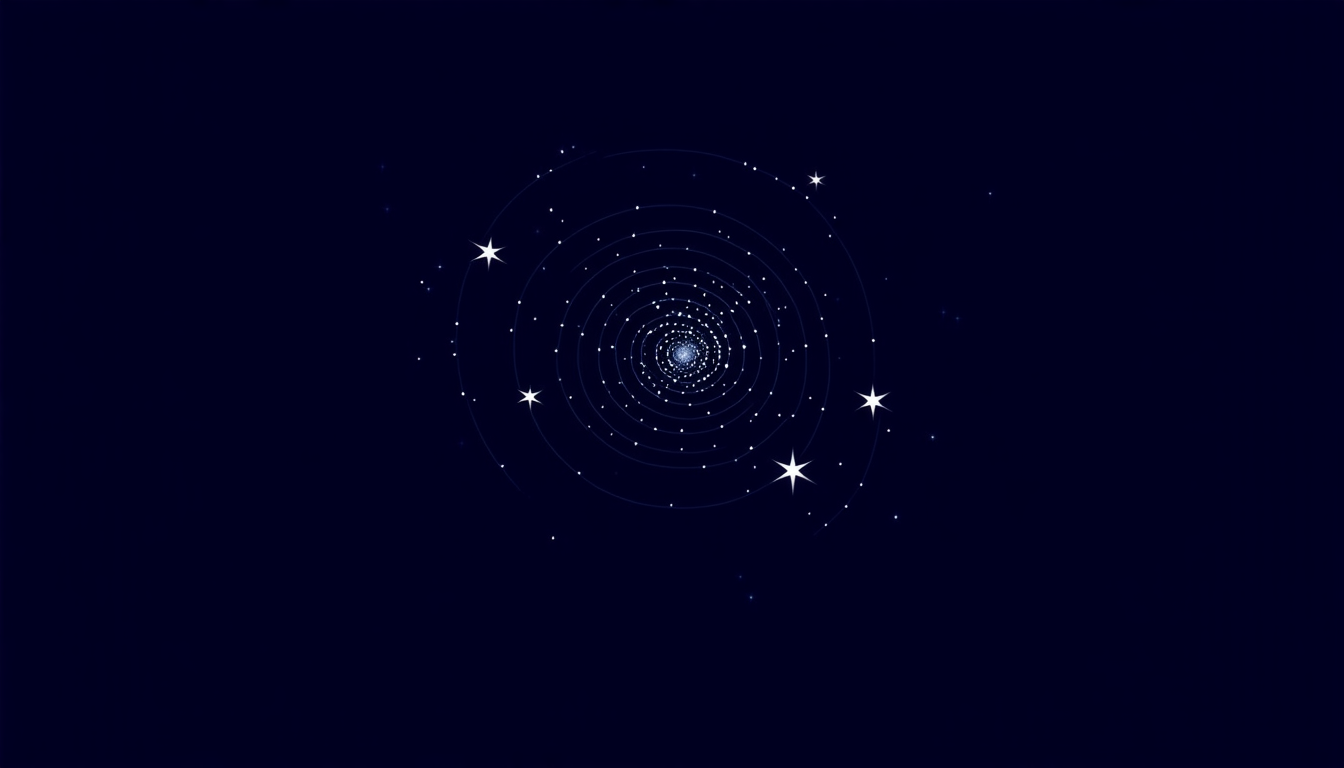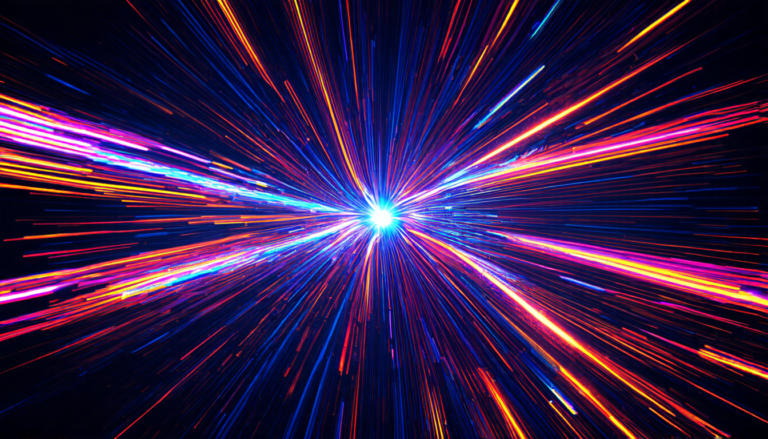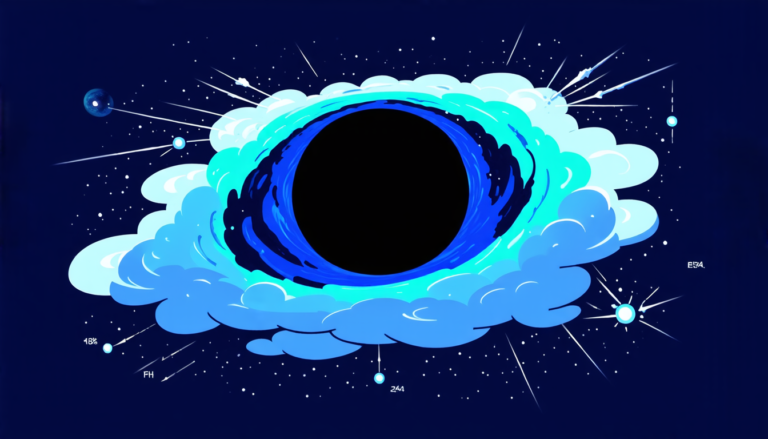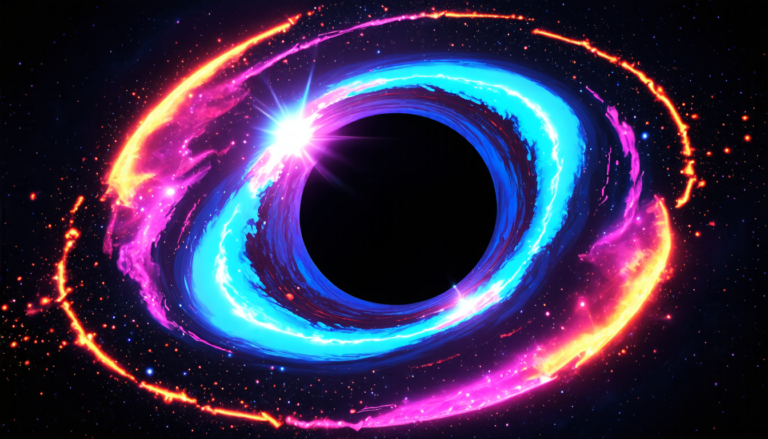Friday 12 September 2025
Scientists have long been fascinated by the way stars are born and evolve in our galaxy, the Milky Way. To better understand this process, researchers have turned their attention to binary star clusters, where multiple stars form together and orbit each other. These clusters provide a unique window into the early days of our galaxy’s formation.
A recent study published in Astronomy & Astrophysics has shed new light on these binary star clusters. By analyzing data from the European Space Agency’s Gaia mission, a team of astronomers identified over 400 candidate binary clusters in the Milky Way. This is a significant increase from previous estimates, which only accounted for around 100 such clusters.
The researchers used a combination of spatial and kinematic data to identify these clusters. They looked at how close together stars were and how fast they were moving relative to each other. By analyzing this information, they were able to distinguish between stars that were truly part of a cluster and those that were just passing by chance.
One of the most exciting findings from this study is that nearly 60% of the identified binary clusters are likely primordial, meaning they formed together in the same giant molecular cloud. This suggests that star formation in our galaxy may be more hierarchical than previously thought, with smaller groups of stars coalescing into larger structures over time.
The researchers also found that many of these clusters are involved in complex gravitational interactions with each other. This can lead to the ejection of stars from their native cluster or even the merger of two or more clusters together. These interactions play a crucial role in shaping the structure and evolution of our galaxy.
This study provides valuable insights into the early days of star formation in the Milky Way. By studying binary star clusters, scientists can gain a better understanding of how our galaxy formed and evolved over billions of years. This knowledge can also help us better understand the properties of other galaxies that are similar to our own.
The researchers hope that their findings will be useful for future studies of star formation and galaxy evolution. They plan to continue analyzing data from Gaia and other missions to learn more about the intricate dance of stars in our galaxy. As we continue to explore the mysteries of the universe, discoveries like this one remind us just how much there is still to learn and discover.
Cite this article: “Unveiling the Secrets of Binary Star Clusters in the Milky Way”, The Science Archive, 2025.
Star Clusters, Binary Stars, Galaxy Evolution, Star Formation, Milky Way, Gaia Mission, Astronomical Data, Spatial Analysis, Kinematic Data, Gravitational Interactions







